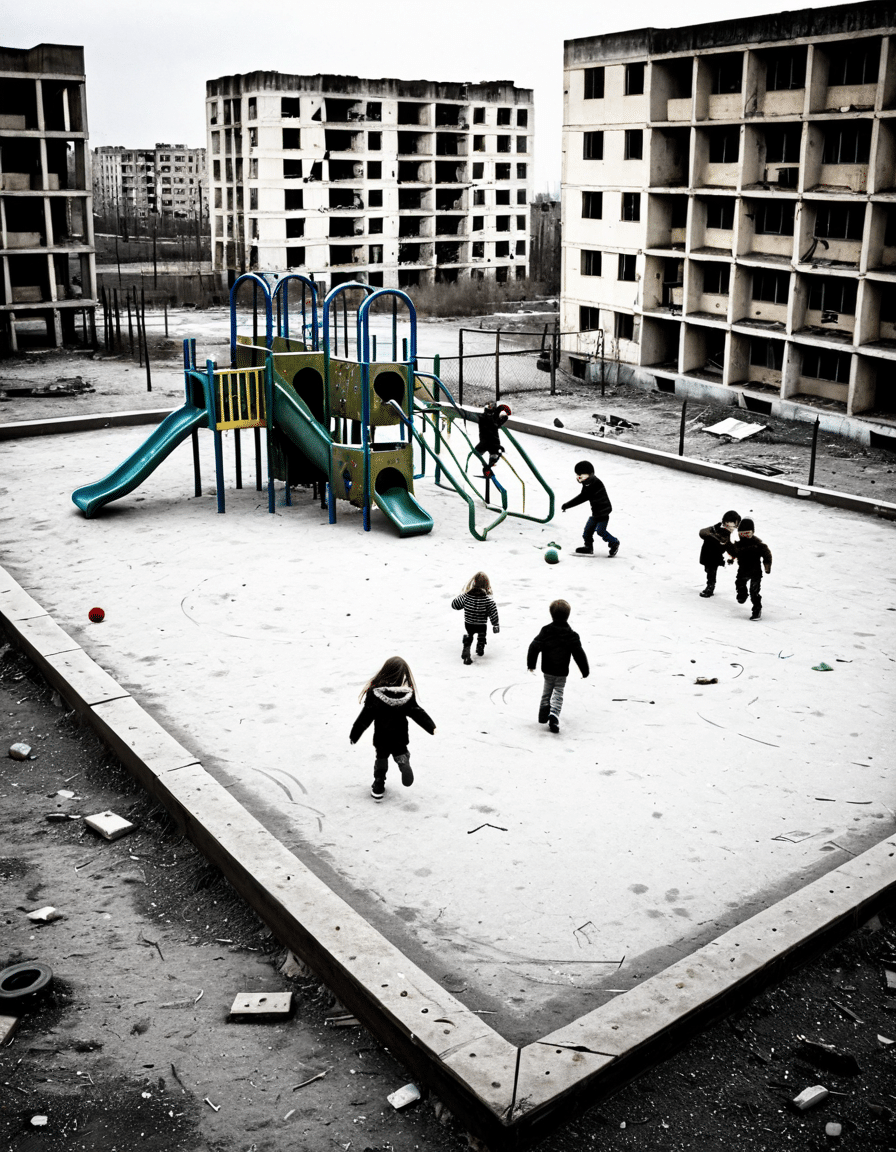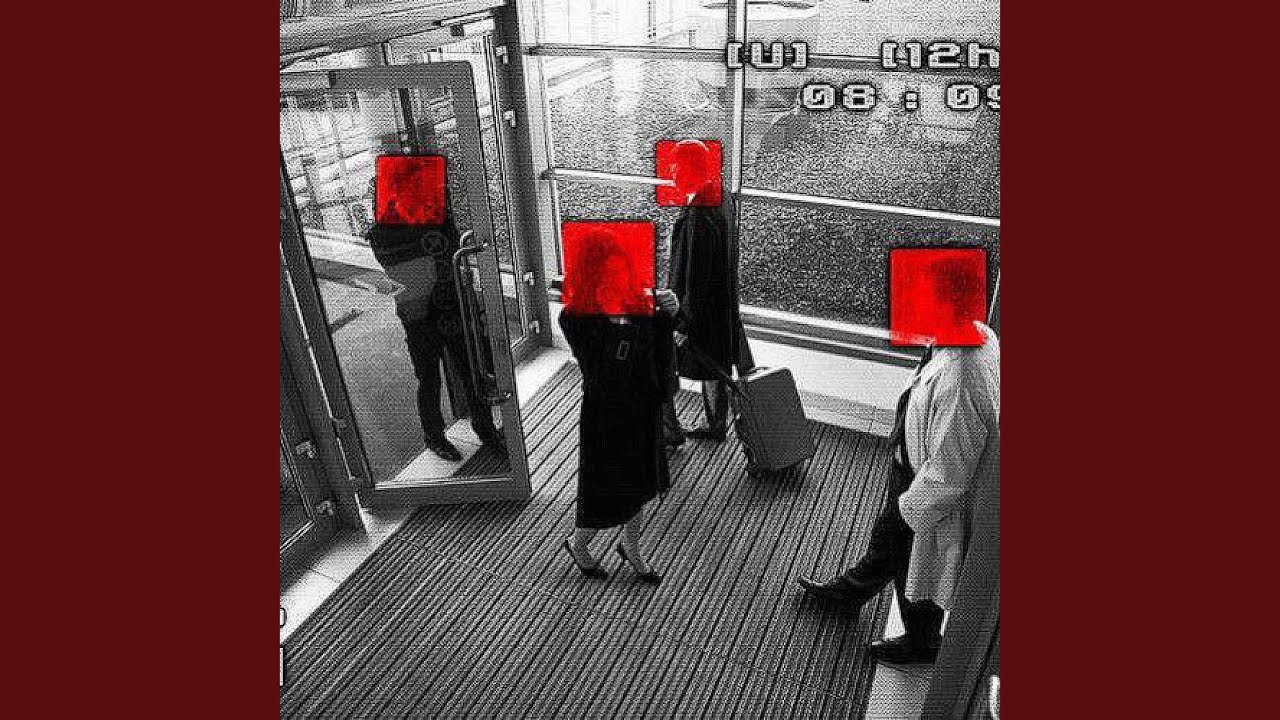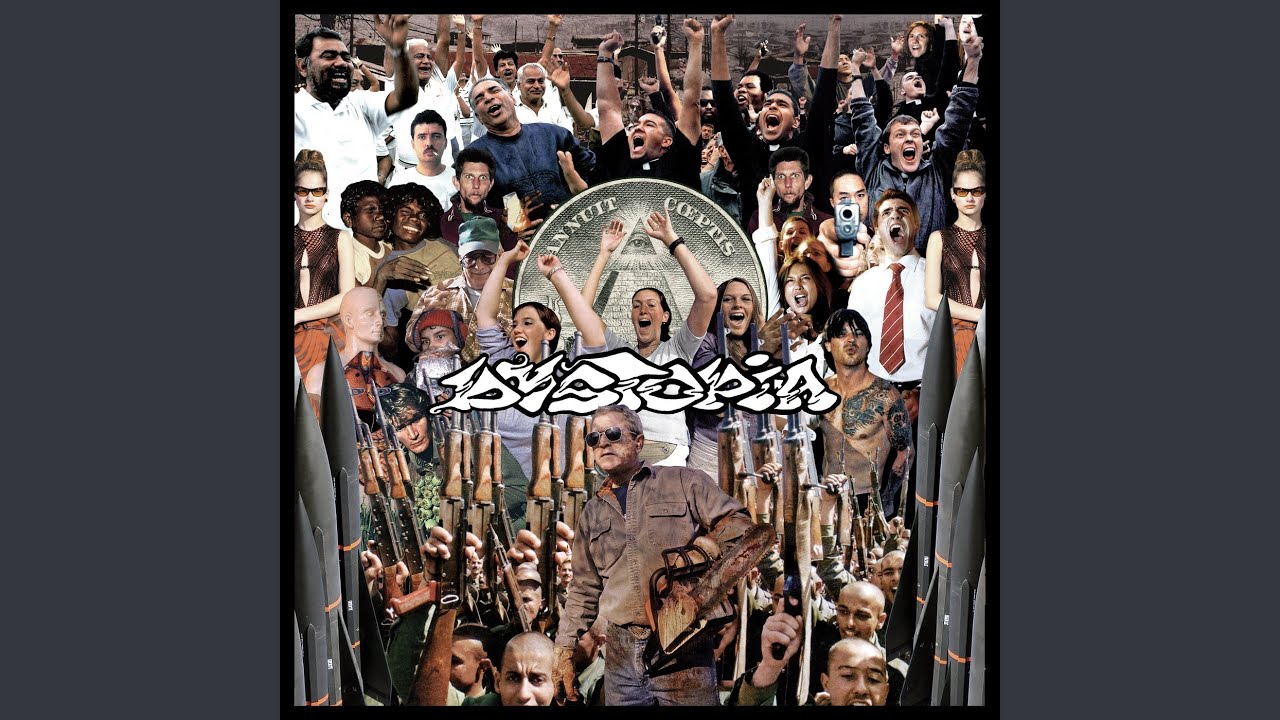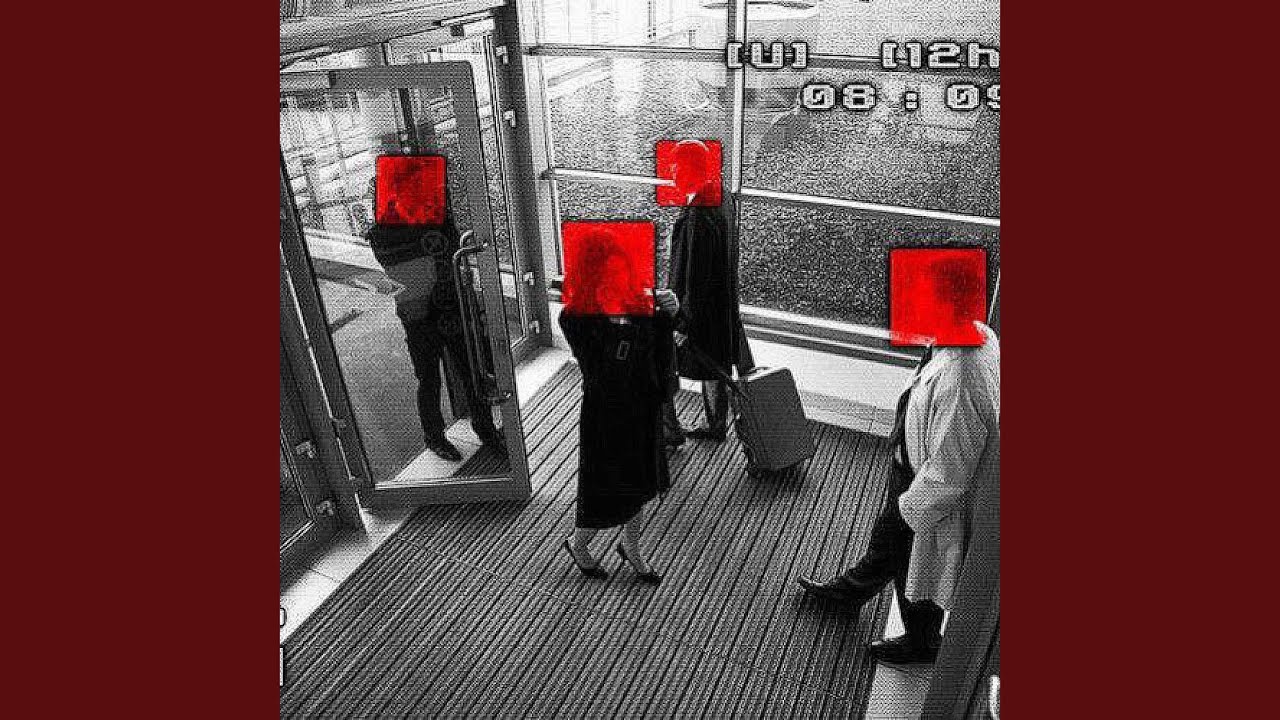The Dystopian Present: Is Our Future Darker Than Ever?
It’s 2026, and let’s be real: the weight of dystopia wraps around us like a thick fog. We’re staring into the abyss of economic inequalities, climate chaos, and a disorienting technological landscape that could give even the most adventurous sci-fi filmmakers a run for their money. Fearful yet fascinated, we’ve turned our eyes to the screens, seeking mirrors of ourselves in the dystopian narratives that seem all too familiar. Grab your popcorn, because this ride through society’s fracture lines is about to get interesting.
We live in a world where the line between comfort and chaos blurs daily. As we delve deeper into the core aspects of modern-day dystopia, we’ll explore how cinematic portrayals echo our turbulent reality. Themes of surveillance, urban discontent, and environmental despair are not only plot points in movies but reflections of the world outside our windows. So lean in as we unpack these visually gripping stories that tap into the essence of our collective apprehensions.
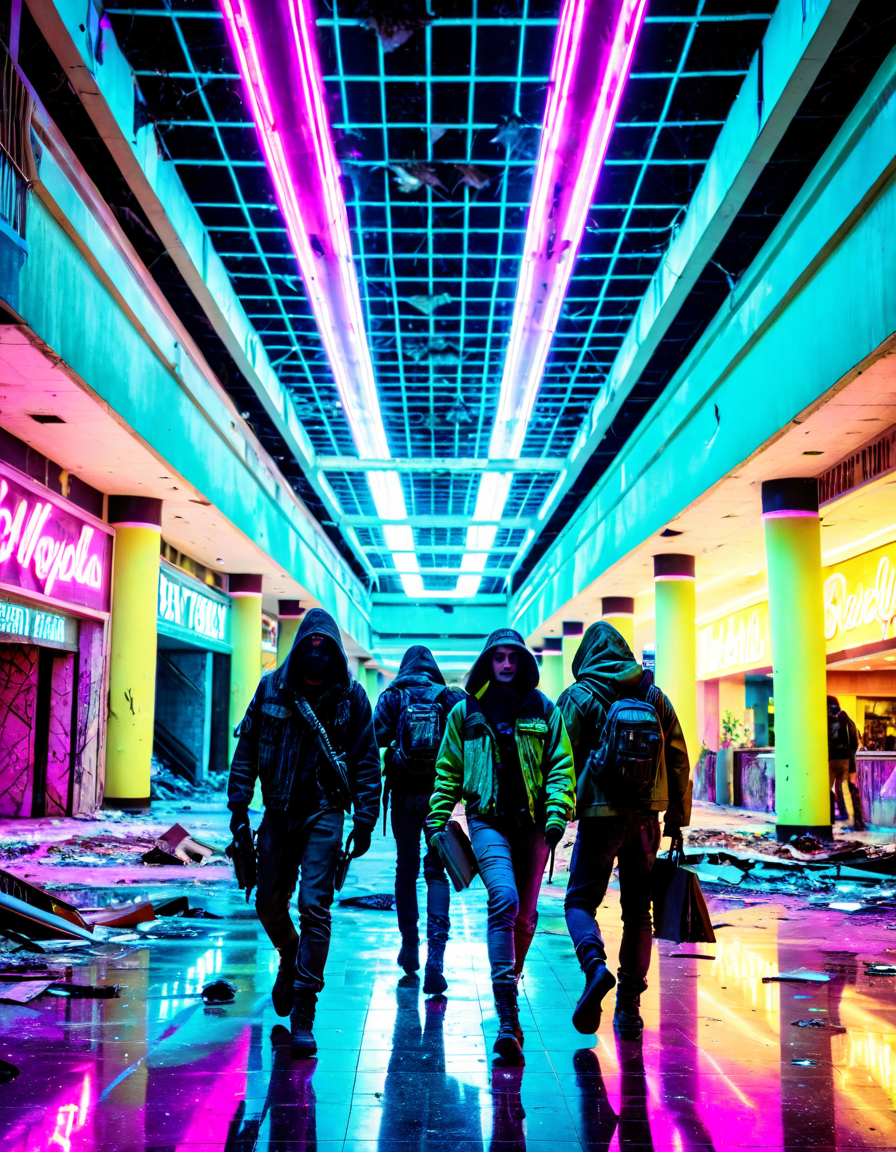
Top 7 Dystopian Narratives Shaping Our 2026 Vision
1. Elektra: The Rise of Surveillance Culture
Imagine a society run by an artificial intelligence that knows more about you than you know about yourself. Welcome to the world of Elektra, a fictional depiction of a society entrapped by surveillance culture. It’s like George Orwell’s 1984, but with a digital twist. Governments are deploying facial recognition tech and, folks, that’s not just in those dystopian thrillers. Take San Francisco, where critics vehemently argue that privacy is being tossed aside in the name of safety.
This raises questions about where privacy ends and security begins. We’re not talking just about flickering screens in films like Minority Report, but about the real-life consequences of these choices. As we battle societal fears, we need to remember: our reality is becoming the very thing we used to find entertaining.
2. Megalopolis: Urban Density and Its Discontents
Cities are rapidly growing, and in some cases, they’re obsessed with high-rises and neon lights. Enter the megalopolis: Think Tokyo and Lagos, where sleek skyscrapers contrast sharply with crumbling infrastructure. In these vibrant metropolises, the rich barricade themselves in luxurious enclaves, looking down upon the marginalized.
It’s a dystopian echo, warning us that unchecked urbanization breeds inequality. As people flock to cities, the divide is evident. By examining the architectural symphony of these urban jungles, we catch glimpses of the very narratives that have gripped us on screen.
3. Euphoria Cast: Heightened Realities of Youth
Let’s talk about Euphoria, the HBO show that has captivated viewers with its raw and riveting portrayal of youth. The Euphoria cast navigates lives tangled in mental health struggles, addiction, and societal pressures—the kind of stuff that could put your own teenage angst to shame.
In an era where digital saturation reigns, this series reflects a deeper dystopia. It’s a mirror showing us every raw and unfiltered twist and turn faced by the youth today. The iconic performances echo our own youth’s struggles for connection amidst chaos—powerful stuff, right?
4. Environmental Catastrophe: A Dystopia of Our Making
Remember those action-packed disaster flicks? Unfortunately, they’re feeling too close to home. Today’s ecological degradation serves as the most jarring manifestation of a self-made dystopia. From wildfires consuming habitats to flooded cities, it seems like we’re living in The Road, where nature collapses under our careless hand.
Yeah, it’s a dramatic reality check. The warning signs are everywhere, reminding us of the need for urgent action. If we keep treating the planet like a prop in a blockbuster, there won’t be much of a stage left.
5. Digital Isolation: The Double-Edged Sword of Connectivity
In this hyper-connected age, social media was supposed to bring us together—but boy, did it backfire! Platforms like Twitter sometimes resemble arenas of misinformation more than supportive communities. Dystopian, right? Instead of fostering connection, they often wrap us in silos of echo chambers filled with toxicity.
While the promise of virtual community shines bright, the reality of digital isolation dimly lurks. Just like our favorite films, bursting with vibrant worlds teeming with connections, we’ve become those lonely characters lost in a digital void. What’s the cost of this hyper-connectivity? It’s time we ask ourselves before it’s too late.
6. Political Polarization: The Fragmented Social Fabric
If there’s one thing that dominates the newsfeed, it’s political polarization. Think of the divisions we witnessed during the wild ride of the 2024 electoral cycle. It’s like a scene straight from a dystopian flick where chaos reigns and neighbors become adversaries. Partisan politics have not only thwarted discussions but spawned an atmosphere laden with mistrust.
It’s no longer just about differing opinions; this fragmentation is a breeding ground for extreme skepticism and unhealthy discourse. If we’re not careful, today’s heated debates might become the tragic plot twists in the future dystopia we’ve all dreaded.
7. Consumerism and the Erosion of Autonomy
Our society has taken a sharp turn towards consumerism that feels—dare I say it—dystopian. Major companies like Amazon have mastered the art of influence, luring us into webs of planned obsolescence. It’s not just about wanting more; it’s about losing our grip on autonomy when every purchase feels like a necessity.
These marketing strategies manipulate consumer behavior and raise ethical concerns about true freedom. Dystopia begins when profit overrides personal choices and ecological sustainability, reminding us we might be unwittingly signing up for that dystopian future.
Reflecting on a Dystopian Future
As we sift through these dystopian narratives, it becomes crystal clear that our reality is intertwined with the tales we tell on screen. The fears depicted in our favorite movies are far from fiction; they’re stark reminders of the very society we inhabit. Each theme unearthed parallels our day-to-day experiences, nudging us to look beyond the glittering surface.
What gives us hope is the capacity for change. By engaging critically with emerging technologies and societal shifts, we can dare to reshape our world into a more equitable one. It’s not a lost cause, folks—our collective resilience can turn fear into hope. Let’s rise to the challenge and craft a reality that steps away from the bleakness of dystopia toward a future brimming with promise.
So, the next time you fire up a dystopian flick on your favorite streaming platform, remember: it’s not just entertainment. It’s a reflection of our shared narrative, urging us to rethink our choices today for a brighter tomorrow.
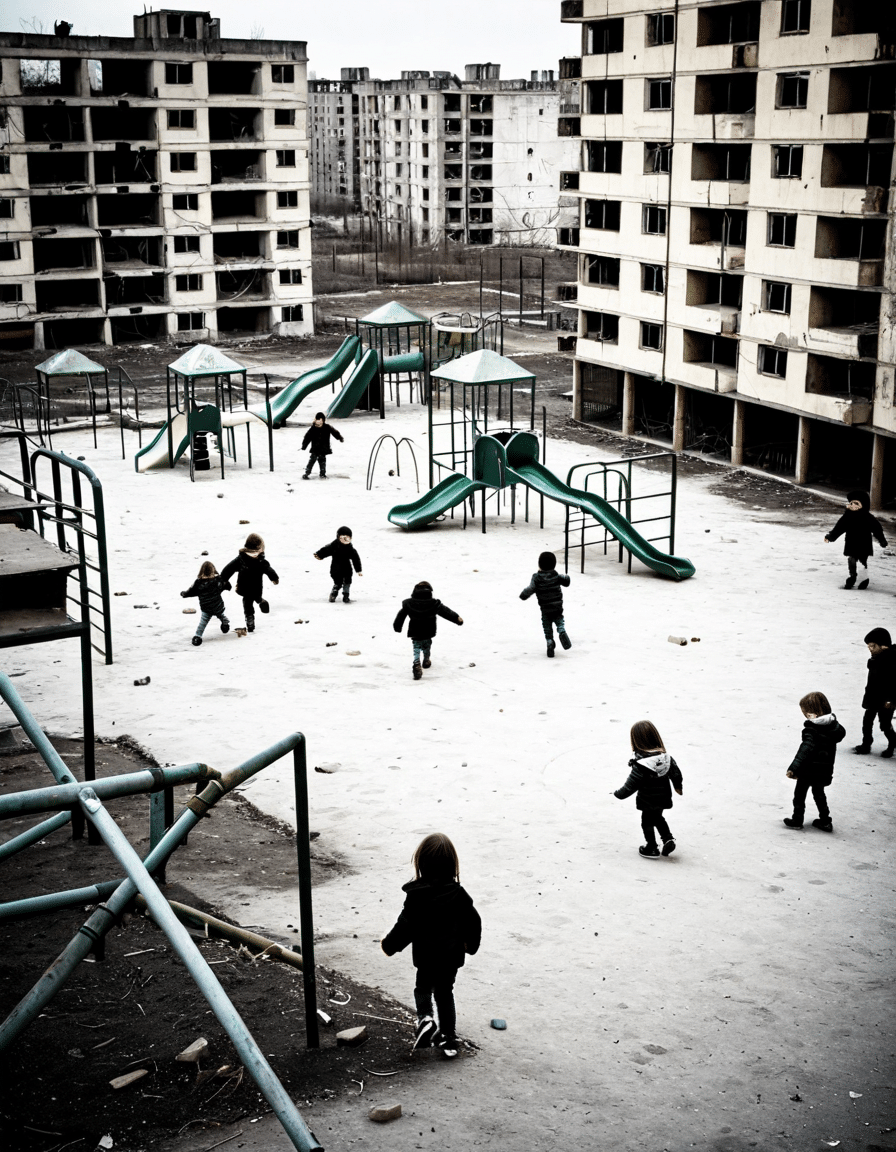
Dystopia’s Cinematic Shadows
Unpacking Dystopian Themes
Dystopia has long been a thrilling playground for filmmakers and writers alike, drawing audiences into grim realities that mirror our own world. Did you know that one of the most iconic characters in cinema, Jack Sparrow, originally showcased a somewhat dystopian twist with his swashbuckling adventures? He challenges the rules and norms of his chaotic, pirate-infested world, reflecting a certain societal breakdown. Speaking of broken norms, reality often feels like it’s spiraling. In fact, many popular dystopian stories draw inspiration from real-life events, sometimes serving as a cautionary tale. For instance, the struggles and triumphs of public figures like Maria Sharapova remind us that even in a seemingly perfect world, chaos lurks close by.
The Cultural Echo
Another interesting tidbit: the music of Nina Simone profoundly resonates with dystopian themes. Her powerful lyrics and haunting melodies often explore the depths of human experience and misery. Just as dystopia garners intrigue, the narratives we celebrate can also inform our perspectives on collaboration and resilience. Aisha Tylers comedic takes, while lighthearted on the surface, often intertwine dark societal commentary that nudges us to consider our own realities. Who would’ve guessed that humor could skirt into the dystopian, inviting profound reflection? And while we’re no strangers to the disarray depicted in dystopian tales, the thematic elements can be just as delightful as a trip to a destination like Blackberry Mountain, where one disconnects from the chaos — if only for a moment.
Stylistic Interpretations
In many ways, the essence of dystopia challenges our outlook. Aldis Hodge, known for his impressive performances, often embodies characters that face daunting challenges, making it easy for audiences to reflect on their own trials. Ultimately, a good dystopian narrative pushes boundaries and provokes thought, marking a stark contrast to worlds depicted in shows like Contessa Miami, which present an idealized vision of life. These stark disparities highlight human resilience amid chaos. As we ponder these themes, it’s essential to remember the lessons hidden within dark tales; they serve as navigational tools in our increasingly complex socio-political landscape. Isn’t it curious how dystopia is often a mirror reflecting the triumphs and pitfalls of our society?
